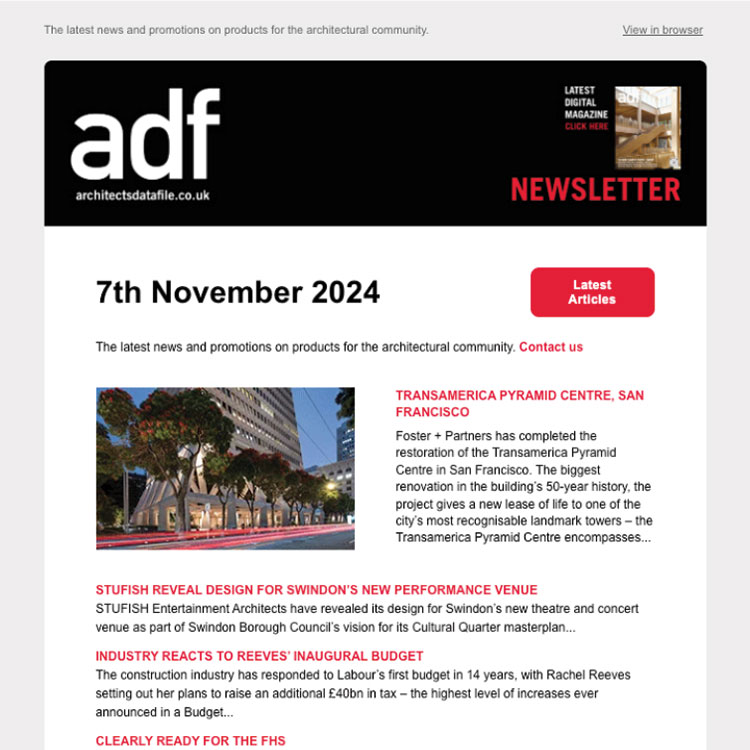Digitally printed wallcoverings are an endlessly versatile medium for designers to work with. They can be quick and easy to put in place, and, when installed properly, are simple to maintain and can be updated when required without damage to the wall surface. Michelle Dellow of Papergraphics explains more…
Bring new energy to an office, breathe fresh life into a hotel or add a splash of brand personality to a retail space; whatever the motivation, customisation and personalisation is a hugely desirable and important aspect for all types of interior design projects, from hospitality, leisure and retail markets to public spaces and residential interiors. Within these market sectors, digitally printed wallcoverings can be used to convey branding or create a particular look and feel, stimulate atmosphere or even craft experiential environments. They can be used to establish a space that is truly unique for each individual client.
Why digital?
Producing a wallcovering that is digitally printed, as opposed to traditional methods, allows for far more autonomy over the design. Traditional analogue printing processes, such as gravure or screen-printing, impose limitations for designers due to the fact that your pattern or design can only be as large as the circumference of the print cylinder (typically between 53 and 80cm). These methods also require a separate cylinder to be used for each colour employed in the design – obviously posing cost implications for multi-coloured artwork, but these methods also have a total maximum number of cylinders (colours) that can be used for one design. So, when using these traditional print methods, on a (not even very large) wall, your design would have to be limited in colour and a repeating pattern or design, to cover the space.
However, with digital printing, these boundaries and restrictions are removed; you could produce a single, giant photographic mural on one whole wall, or a bespoke work of art or graphic design; your design can be as large in scale and use as many colours as required, with no need to repeat. It is not possible to realise this total creative freedom by any other method of print.
These wallcoverings also come in a number of different textured finishes which can serve to enhance artwork, adding depth to a design, and provide a true ‘interiors’ quality look and feel. As an added benefit, these textures can also work with printed designs as a clever way of masking poor wall surfaces in renovation projects.
Alongside the creative possibilities, a good quality digital wallcovering, such as those within Papergraphics’ Digimura 2.1 range, also present significant practical advantages to interior designers and specifiers. There have been sizeable advancements in digital print technology in recent years making digital wallcoverings a fast and cost-effective option for interior décor. Even when printed, these wallcoverings offer superior durability, being resistant to marking and scuffing, and can be cleaned with a suitable mild detergent. The Digimura 2.1 range also contains an anti-fungal / anti-microbial biocide, adding to the list of robust credentials and making this particular wallcovering suitable even for healthcare environments.
What is there to consider?
While providing an exciting medium to consider for design possibilities, there are some important considerations that architects and designers should take into account when selecting an appropriate wallcovering material to specify.
Essentially, all wallcoverings must carry a CE Declaration of Performance relating to its reaction to fire (RtF); heavy metals; formaldehyde & vinyl chloride monomers.
What many designers may not know is that wallcoverings come under the Construction Product Regulations EN 15102:2007+A1:2011 and must conform to the Building Regulations Approved Document B ‘Fire Safety’. This means they need to be fire rated to EN13501-1 (Euroclass) standard, when printed and installed.
To achieve EN 13501 there are two tests that the wallcovering has to undergo, assessing the products performance in relation to smoke release, flame spread and flaming droplets produced. The testing process incorporates the wallcovering product itself (which can be tested either printed, or unprinted – something to look out for), the substrate that the wallcovering is adhered to, and the specific adhesive product used, to produce an overall performance rating.
In the UK, wallcoverings for reception areas, lift lobbies, stairwells, open-plan offices and restaurants within non-domestic buildings, including hospitals, and anywhere designated as a fire escape route or public areas must achieve a minimum of European Class C-s3, d2 (Note 5, Table 10: Classification of linings, within the UK Building Regulations).
Papergraphics’ entire interior wallcovering product range achieves the required Euroclass EN 13501 fire rating standard, even when printed, and are all CE certified with a Declaration of Performance, making them suitable for use in domestic, commercial and public interiors.
When installed correctly, a true digital wallcovering (that meets all of the correct building safety requirements) can truly reinvigorate a space to bring colour, individuality and beautiful depth of design to otherwise under-utilised and potentially bland spaces. It has the ability to enhance an interior environment to the benefit of occupants, whether it be for the purpose of reinforcing a brand and image, or simply to make an indoor space that much more exciting and interesting to the eye.
Michelle Dellow is product manager at Papergraphics


